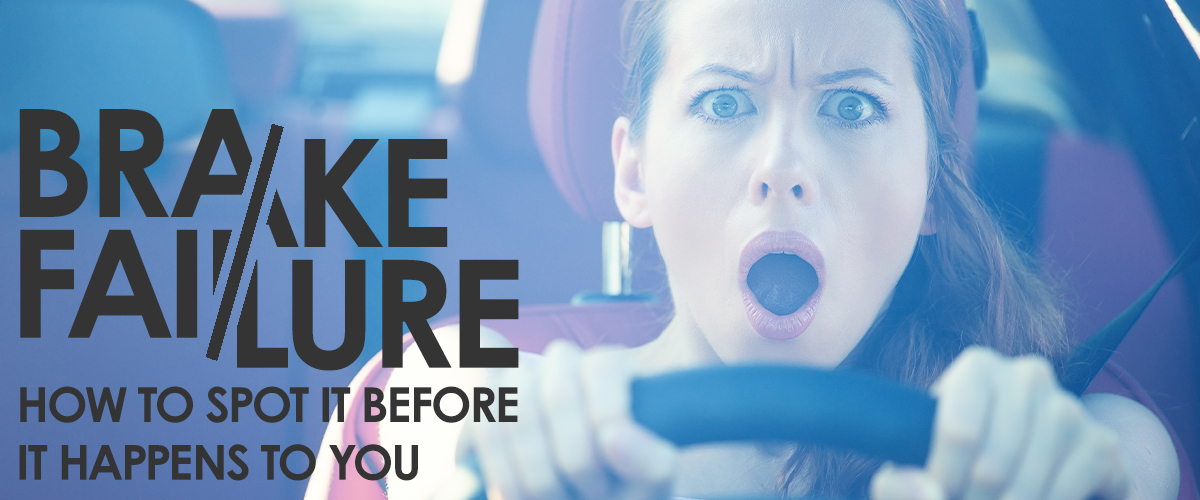
When it comes to maintaining the safety of your vehicle, the brake system should be high priority. It is important to understand the signs of potential brake failure so that you can have the system checked out and repaired immediately. The safety of you and your passengers is something we take very seriously. Brakes functioning as designed means the difference between a serious accident and driving away unscathed. Here are some signs to look for that indicate your vehicle needs brake service.
Squealing
Your brakes are designed to emit a squealing or screeching sound to let you know that they need replacing. This is often the first sign of brake failure. This is the time to bring your vehicle to a qualified technician for brake system inspection, maintenance, and repair.
Vibration
Shaking, vibration or other abnormal motion from your steering wheel or vehicle as a whole when brakes are applied is a sign of possible warped rotors. Rotors are directly connected to the wheels, and situated between the brake pads. They are squeezed by the brake system in order to slow the rotation of the wheels. They may become warped due to excessive heat or wear. Warped rotors greatly reduce the efficiency of the brake system and should be replaced immediately.
Howling or Grinding
A howling or grinding noise is an indication that you have little to no brake pad material left. This causes the metal brake plate to grind against the metal rotors. This extreme situation happens well after the time for regular brake maintenance has passed. In this case, you will likely need both rotors and pads replaced to restore your brake system back to factory condition. It's also a good idea to have the entire brake system inspected, as allowing your brake pads to get this low can result in damage beyond just the pads and rotors.
Soft Brake Pedal
Your brake pedal should have some stiffness, with little “take-up” before the brake pads engage the rotor and you feel a response from your vehicle. Excessive take-up is an indication of several issues. At the very least, your brake pads are nearing the time for maintenance. However, it may indicate a more serious issue with your brake system such as low brake fluid or air bubbles in the brake system lines.
Vehicle Pulling Laterally
Your vehicle's trajectory should remain in the direction you're driving when you apply the brakes. Swerving, either gentle or extreme is an indication of a potentially serious issue. Collapsed brake lines, uneven brake pad wear, or less than ideal brake fluid purity could be causing this issue. It is very important to get your vehicle to a qualified technician for inspection immediately to diagnose and repair the brake system. Immediate action can prevent even more serious issues, damage, and road accidents.
As soon as you experience any symptom of brake failure, contact your local qualified technician to schedule an appointment to have them inspected and maintained or repaired.